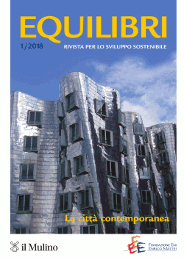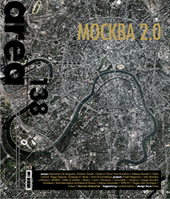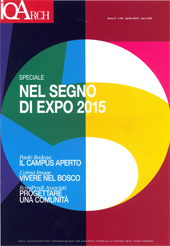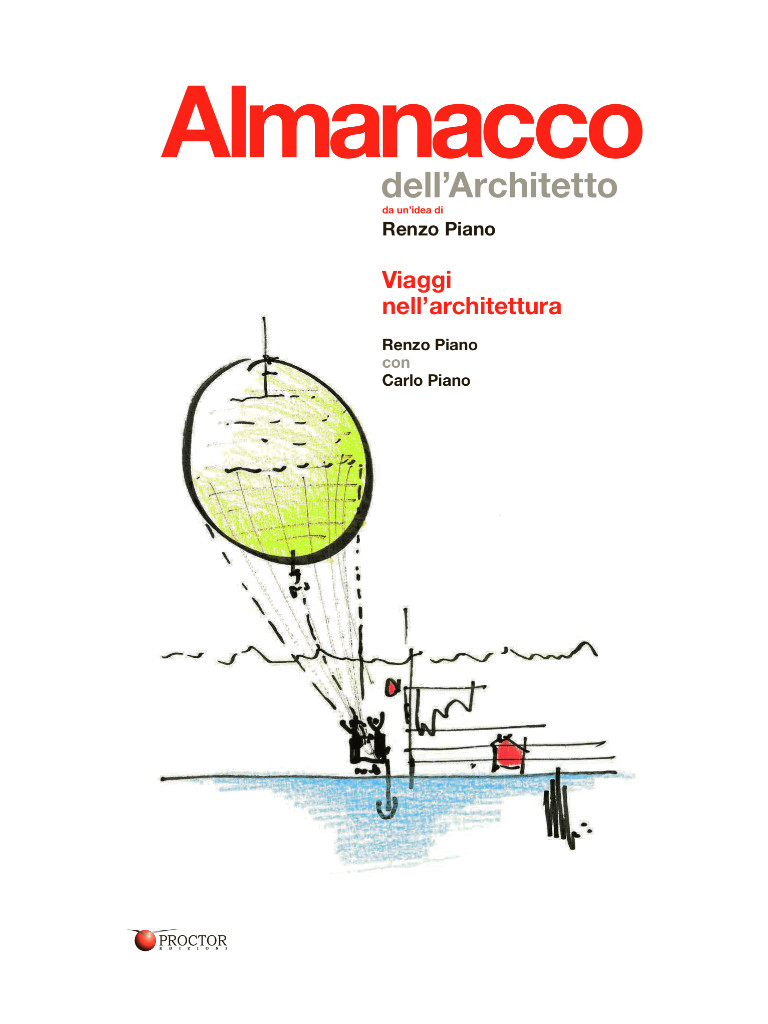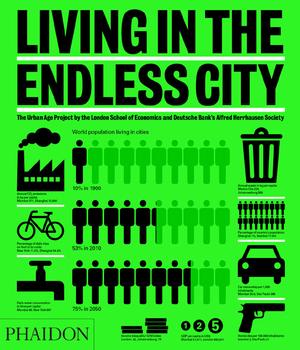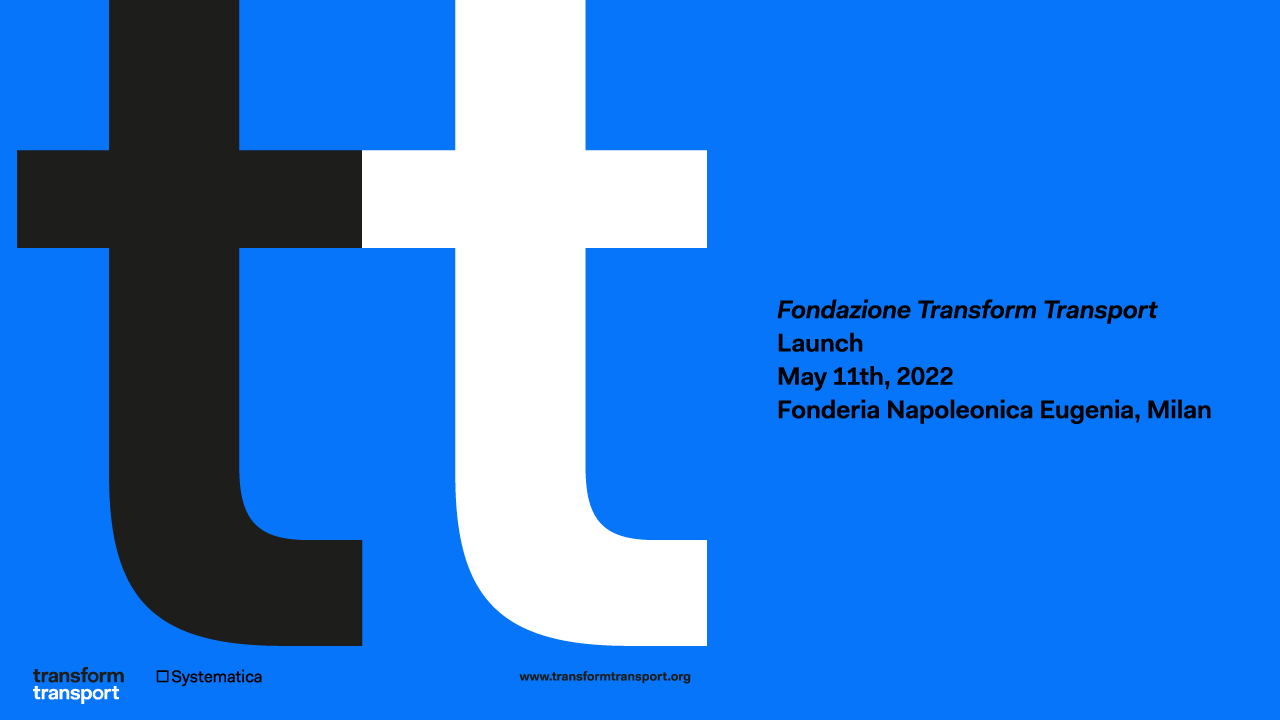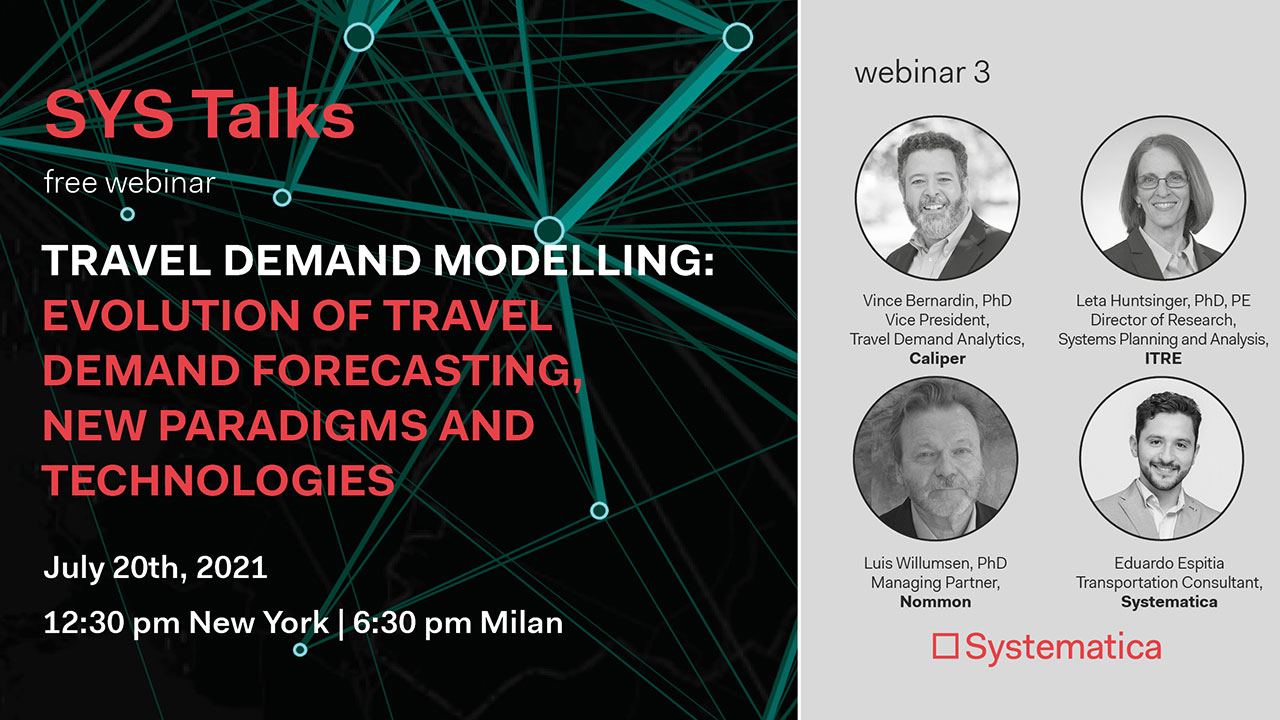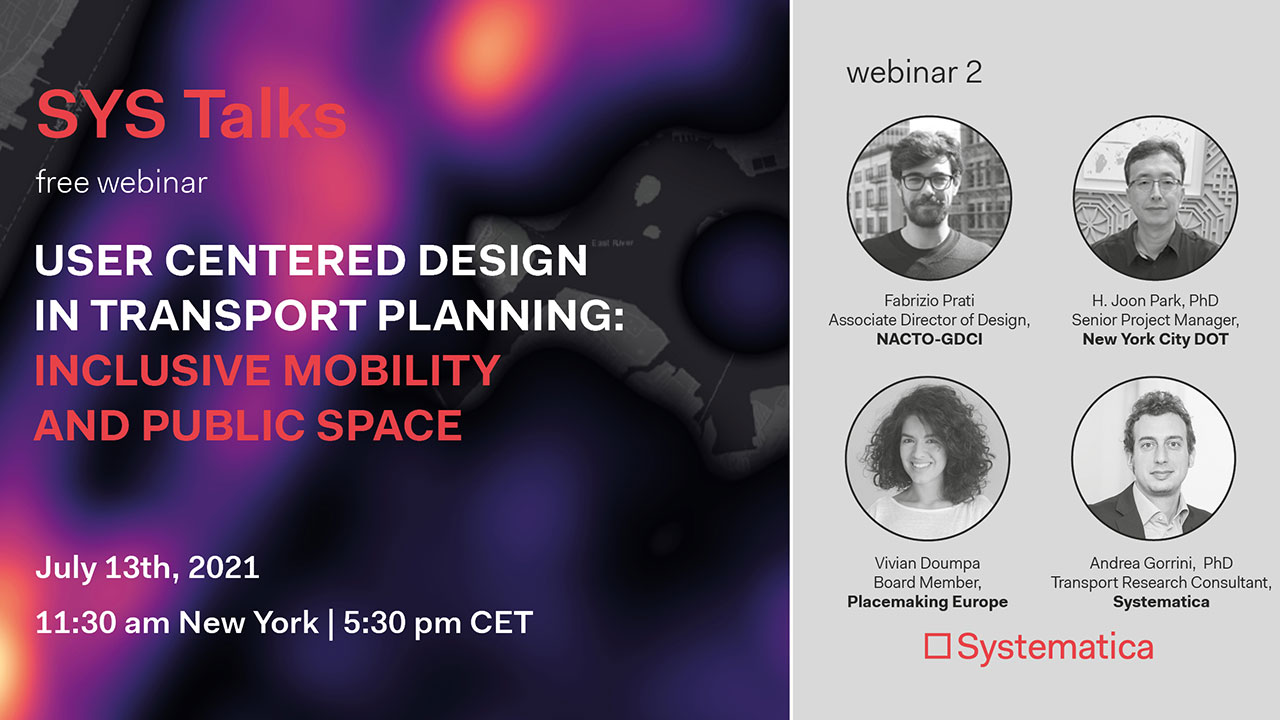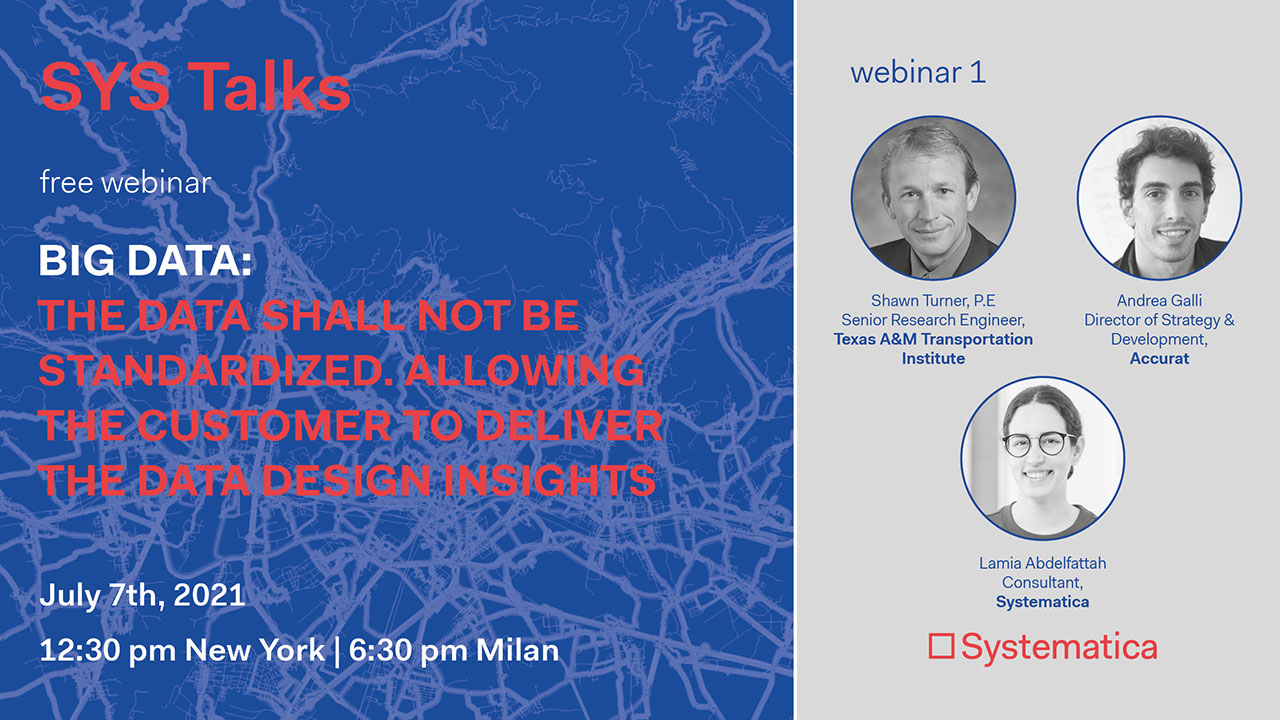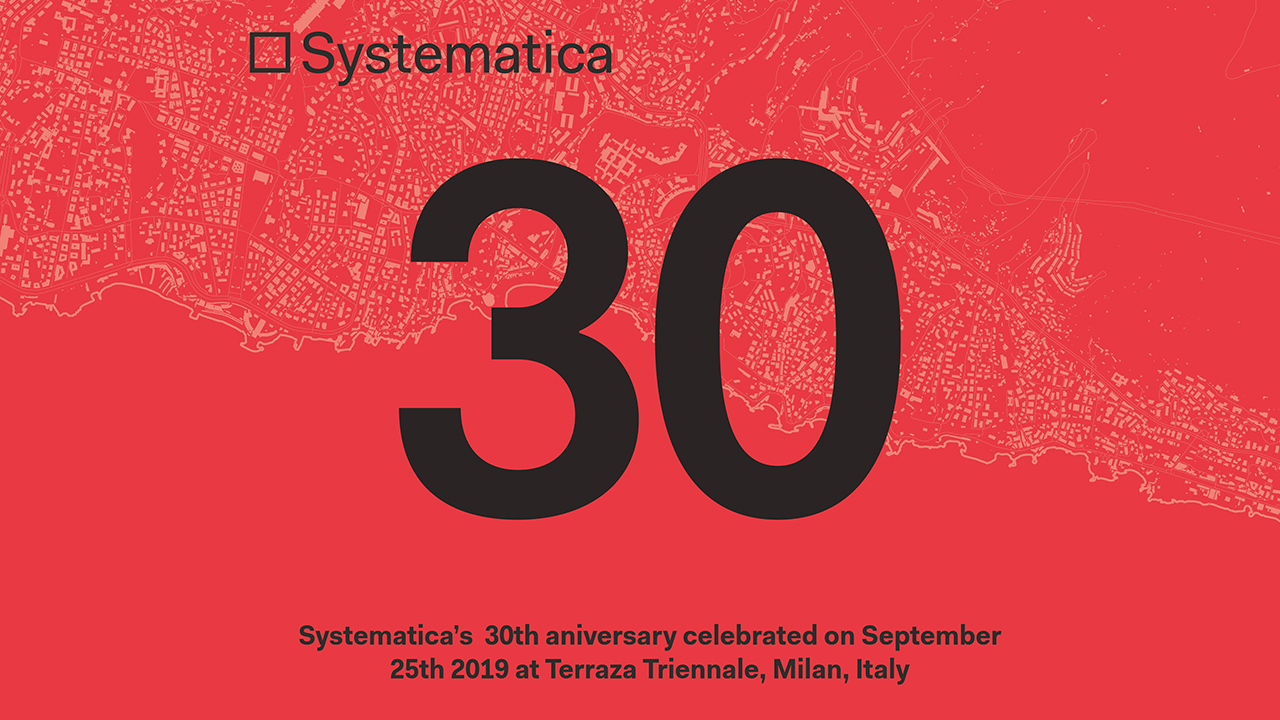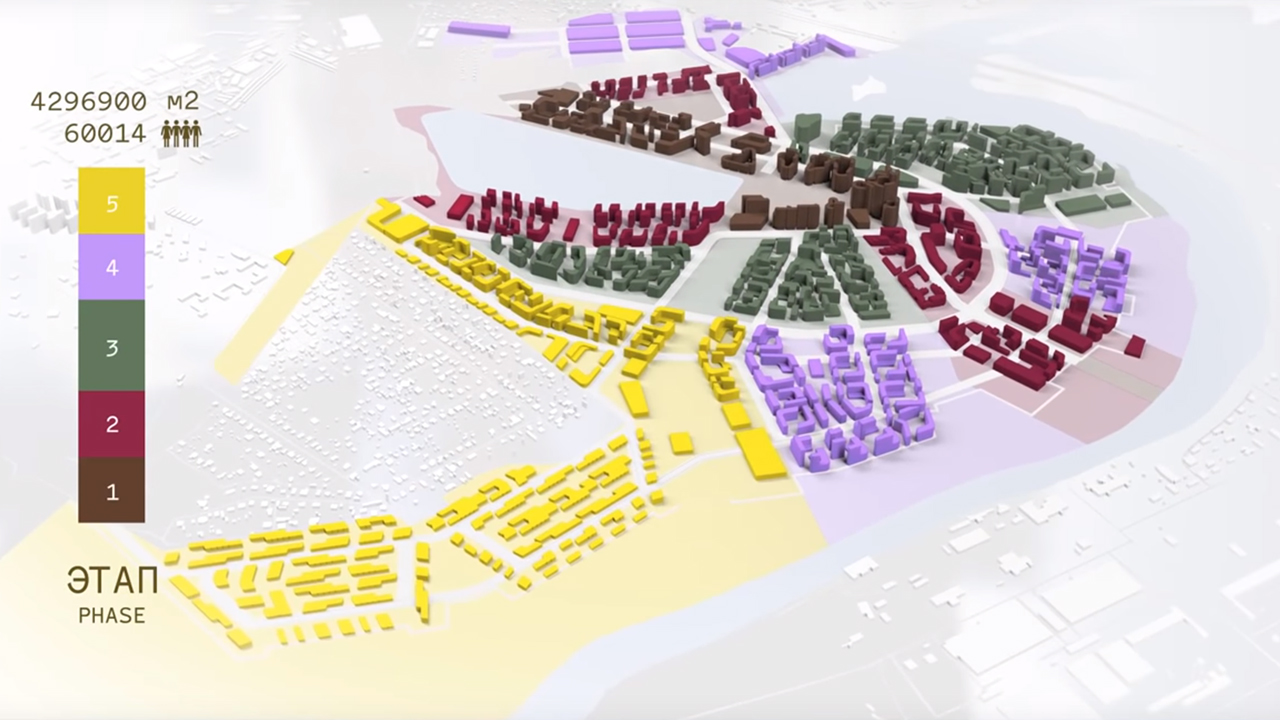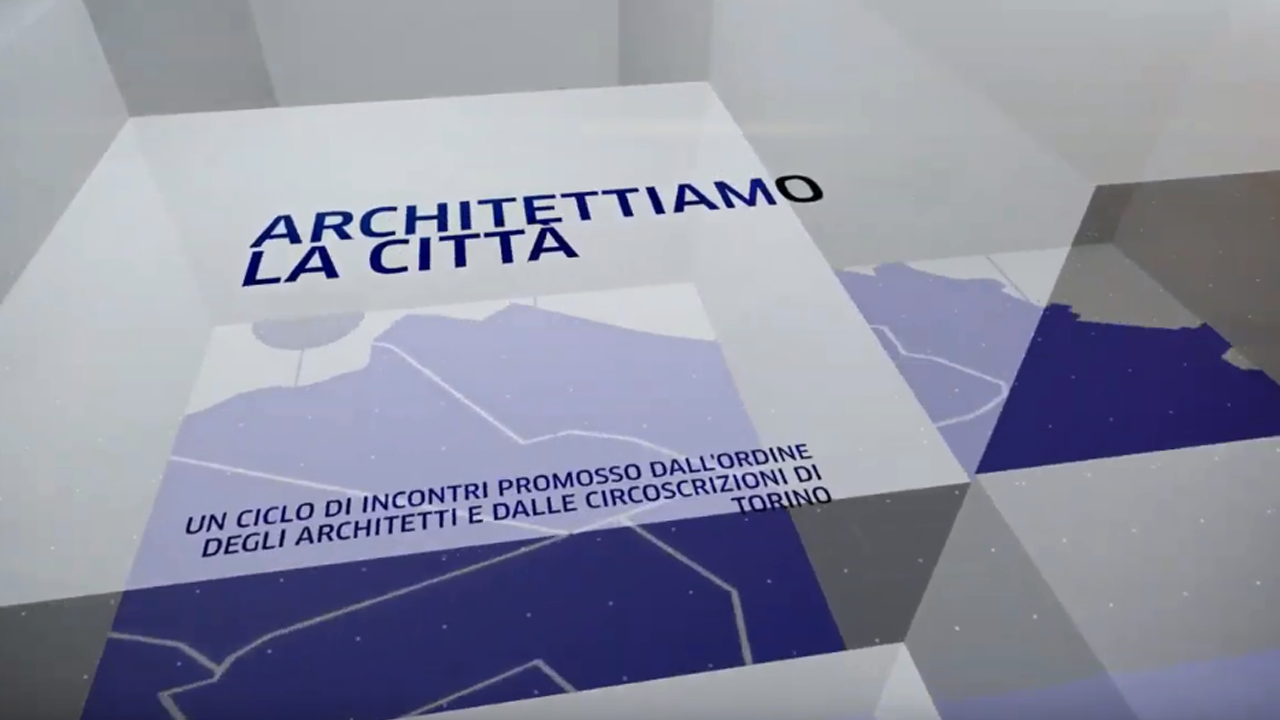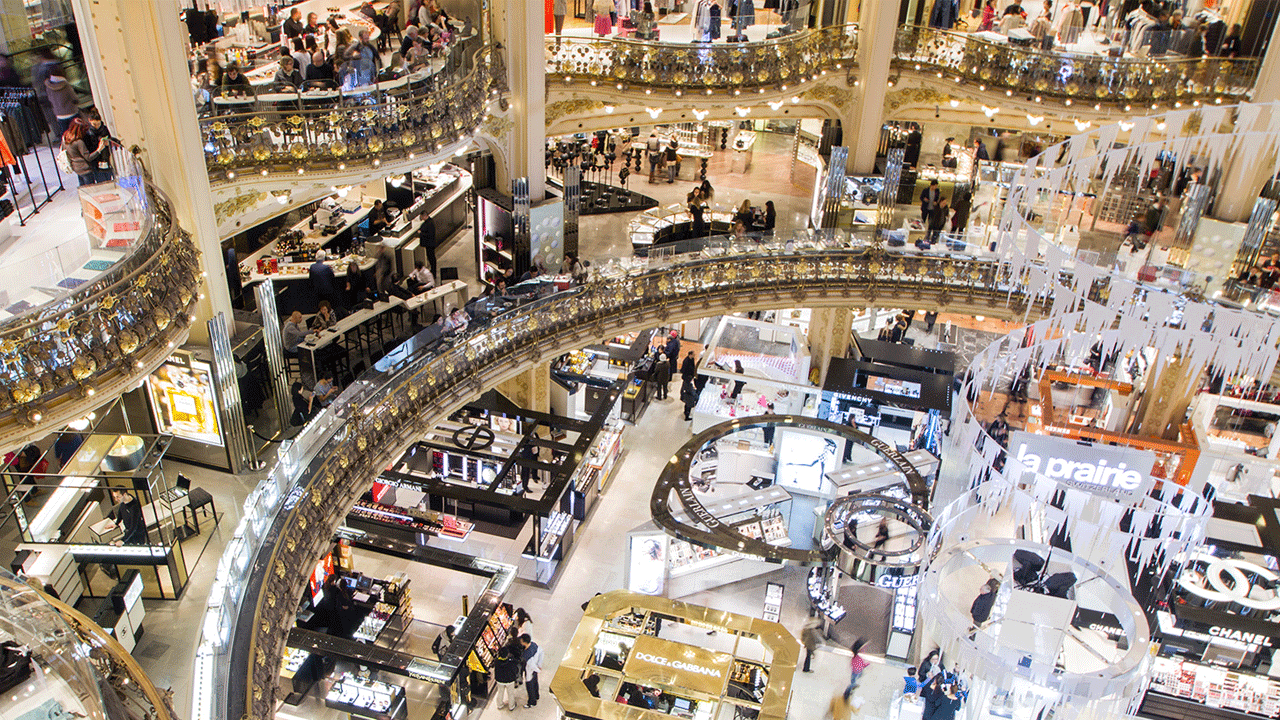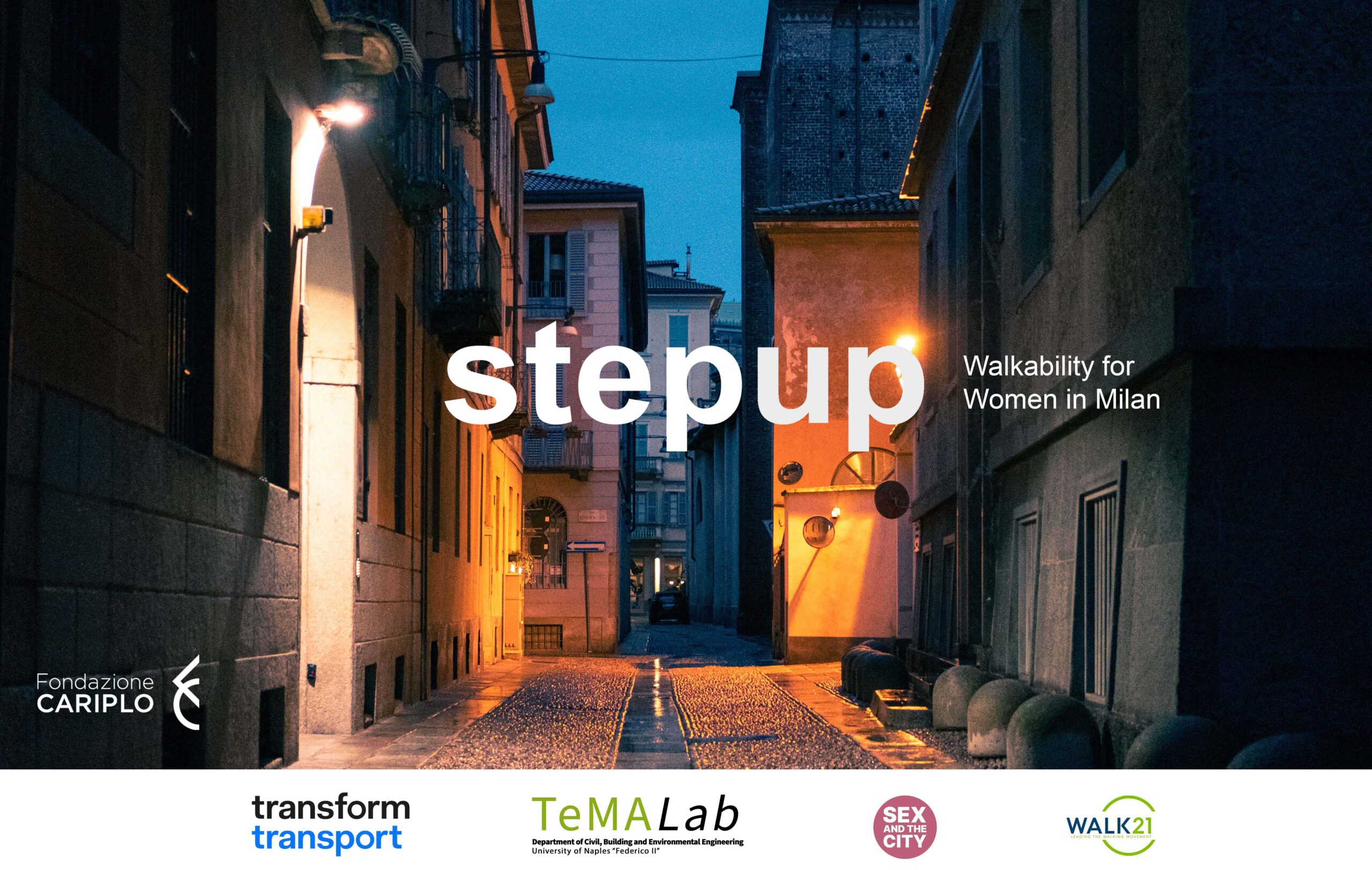Mediaroom
Publications
Video
Publications
Equilibri 1/2018
Equilibri is a journal focused on sustainable development, fostering multidisciplinary approach to provide a composite and pluralistic vision of development compatible with the conservation of social equilibria across a broad range of fields. Equilibri 1/2018 is entirely dedicated to Contemporary City. Systematica contributes to Equilibri 1/2018 through the article “Beyond Infrastructure. Transportation as a Tool for Urban Planning and Social Cohesion (Oltre l’infrastruttura: i trasporti, strumento di riforma dell’assetto urbano e della coesione sociale)”. The article reveals how the implementation of high-speed rail-based connections is changing the usual relationships among cities at European scale and how, simultaneously, new technologies are accustoming us all to a new idea of mobility, to be used as a «tailor-made» service. Two concrete experiences are presented on these concerns: Grand Paris Express, representing the largest on-going transport-related urban European project, and Whim, the app developed by the Finnish company MaaS and currently available in Helsinki, West Midlands, Amsterdam and Antwerp.
AREA 138
AREA 138 is completely dedicated to the city of Moscow. The issue is curated by Alessandro De Magistris and Umberto Zanetti and comprises of a collection of articles tackling the current architectural and planning scenario and the future developments of Moscow.
Systematica has two articles in AREA 138 MOCKBA 2.0: the article “Moscow and Transportation System. Existing Mobility and Future Projects”, that is the result of a research conducted by Systematica and is part of the magazine section “crossed lectures”, and the article “Park and Public Spaces – Moscowriver Future Ports”, describing the project for the redesign of the river banks of Moscova, that Systematica won, being part of the awarded design team lead by the Moscow-based Project Meganom.
ioArch 1504
This issue of ioArch is entirely dedicated to EXPO 2015 - Feeding the Planet – Milan, and it is conceived as a chronicle of Expo’s construction works. The introductive part of this issue investigates the system of transport realised for granting high and comfortable accessibility to the exhibition site and is enriched by an exclusive interview to Fabio Casiroli, Founder Partner of Systematica.
In this interview Fabio Casiroli presents his point of view about the impact of Expo 2015 on Milanese mobility and suggests future proposals aimed at the enhancement of the transport system servicing the Metropolitan Region of Milan.
Almanacco dell’Architetto
L’Almanacco dell’Architetto aims to face the challenge of contemporary architecture linked to the great theme of sustainability. The work includes two volumes for a total of 1,300 pages. Systematica contributes to the composition of Volume 2: Building Architecture. Volume 2 is structured into nine sections embracing all construction phases of a building and enriched with a selection of contemporary architecture projects deepening each section of the Almanacco. Fabio Casiroli and Systematica are involved in the composition of Volume 2’ section dedicated to Mobility.
Living in the Endless City
This companion to Phaidon’s The Endless City contains the very best writing from the mayors, architects, urban planners, professors and policy makers who participated in these influential conferences. These thinkers have contributed essays on Mumbai, São Paulo and Istanbul, the three cities featured in this book, as well as thematic essays on subjects ranging from climate change to security, which also investigate conditions in the six cities from the first book: New York City, Shanghai, London, Mexico City, Johannesburg and Berlin. Authoritatively edited by Ricky Burdett and Deyan Sudjic, illustrated with stunning photography and full of up-to-date data on all nine cities, this unique volume will give the reader access to a wealth of ideas and information about the difficulties and the opportunities of living in the endless city.
Khrónopolis: Accessible City, Feasible City
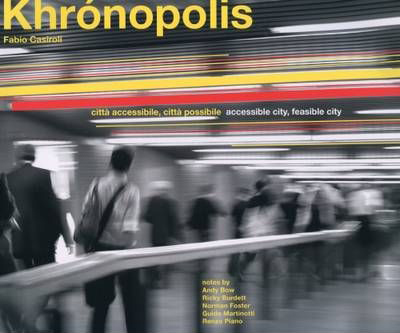
Have you ever asked yourselves if the shape of your city changes in relation to the time of day and the mode of transport used? I assure you it is true and I will try to prove it in this essay examining some of the world’s main metropolis: Barcelona, Berlin, Bogotà, Istanbul, Johannesburg, London, Los Angeles, Mexico City, Milan, New York, San Paolo and Tokyo. And who has never wondered if the rapid growth of large urban agglomerations could turn into a nightmare? I believe that it can be turned into a hope, if we know how design a city able to guarantee essential rights of urban civilization to everyone, among which is the mobility right, always and everywhere. Khrónopolis embodies this ideal and represents a city model that liberates the competencies and creativities of town planners, architects and urban sociologists. A city where it’s easier to move, it’s better to live. The book is improved by notes, texts and interviews with Andy Bow, Ricky Burdett, Norman Foster, Guido Martinotti and Renzo Piano.
Grand Paris | Metropole Douce
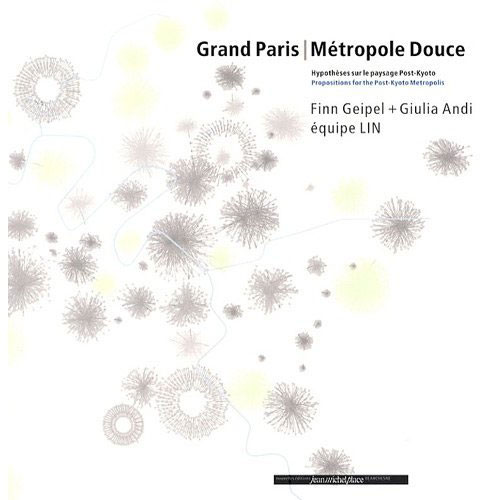
Grand Paris Métropole Douce développe une vision pour la métropole de l'ère Post-Kyoto, transformant la ville européenne en un prototype pour les développements urbains du futur. Ce projet, commandé par Nicolas Sarkozy, Président de la République Francaise, à dix équipes internationales d'architectes et d'urbanistes, relève le défi de transformer le Grand Paris en une métropole pionnière face aux exigences formulées par le Protocole de Kyoto.
